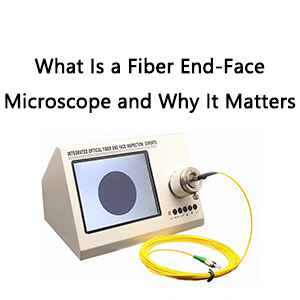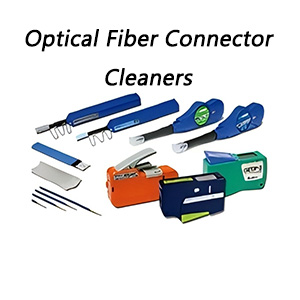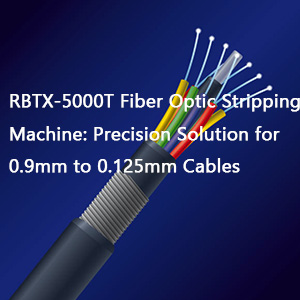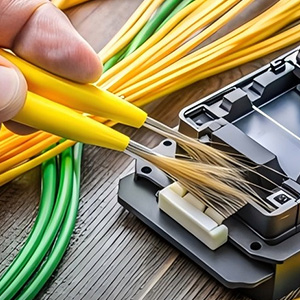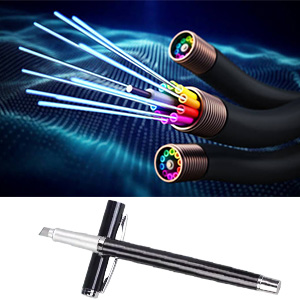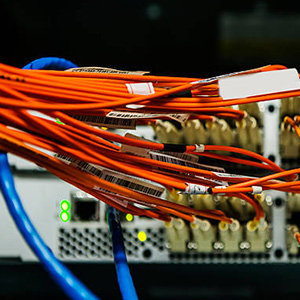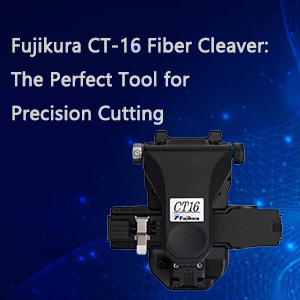In the realm of fiber optic splicing, two primary techniques have emerged as the industry standard: Fiber Optic Splicing and mechanical splicing. For those new to the field, understanding the nuances between these two methods is crucial for aligning your approach with your long-term goals and objectives. This guide will dissect both methods, offering insights into their processes, advantages, and ideal applications.
Fiber Optic Splicing: A Seamless Integration
Fiber Optic Splicing is the process of melting two optical fibers together to create a permanent and seamless junction. Utilizing a fusion splicer, this technique involves two fundamental steps: fiber alignment and melting. The splicer employs an electric arc to ensure fibers are precisely aligned and then fused together, resulting in a splice with minimal signal loss and high mechanical strength.
Mechanical Splicing: A Precise Alignment Solution
Mechanical splicing, on the other hand, relies on alignment devices to hold two fiber ends in a precisely aligned position without permanently joining them. This method uses index-matching gel or epoxy within a mechanical splice unit to facilitate light transmission between fibers. While it does not offer the same level of signal integrity as Fiber Optic Splicing, it is a cost-effective alternative for certain applications.
The Decision-Making Process
When deciding between fusion and mechanical splicing, consider both the cost and performance implications. Fiber Optic Splicing requires an initial investment in equipment but offers a lower cost per splice over time. Conversely, mechanical splicing has a higher variable cost per splice but no need for expensive equipment.
In terms of performance, Fiber Optic Splicing boasts lower insertion loss and superior reflectance performance, making it the preferred choice for long-haul single-mode networks and applications requiring minimal signal reflection, such as analog video transmission. Mechanical splicing, with its higher insertion loss, is more suitable for shorter cable runs where signal integrity is less of a concern.
Conclusion
Ultimately, the choice between fusion and mechanical splicing hinges on specific project requirements and cost considerations. Fiber Optic Splicing, with its lower loss and better performance, is often the go-to for telecommunications and CATV companies. However, the LAN industry may opt for either method, as signal loss and reflection are generally less critical in these environments.


